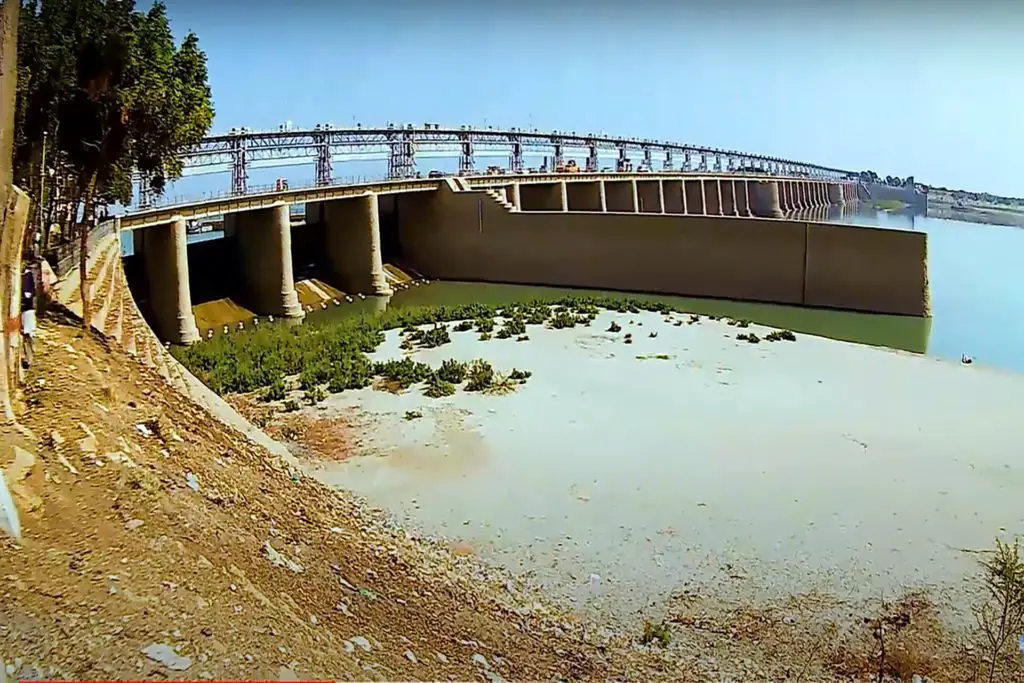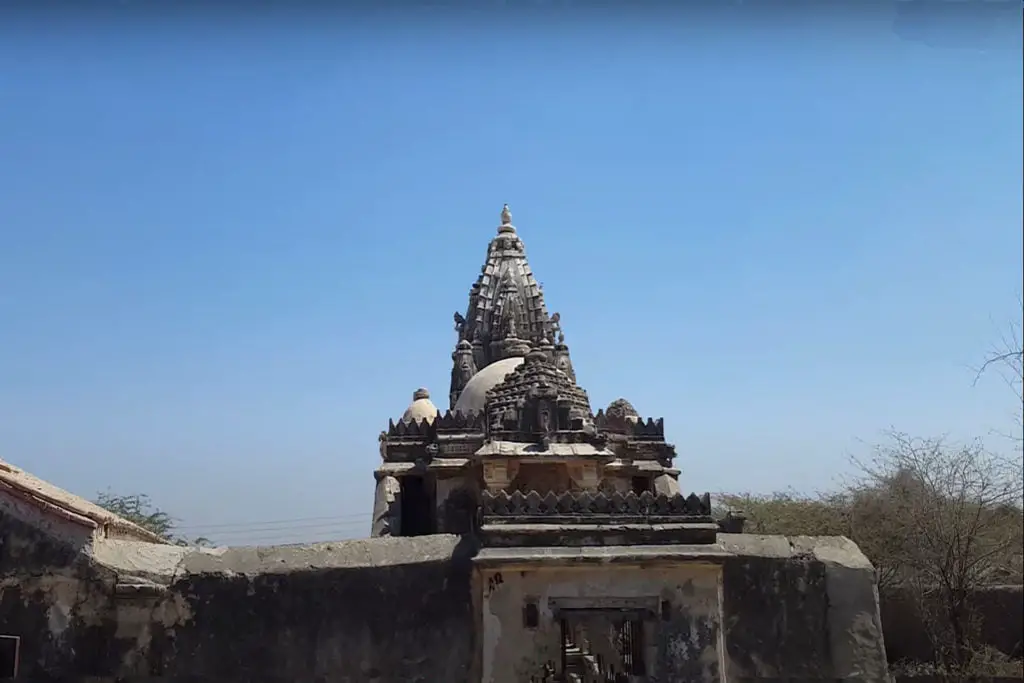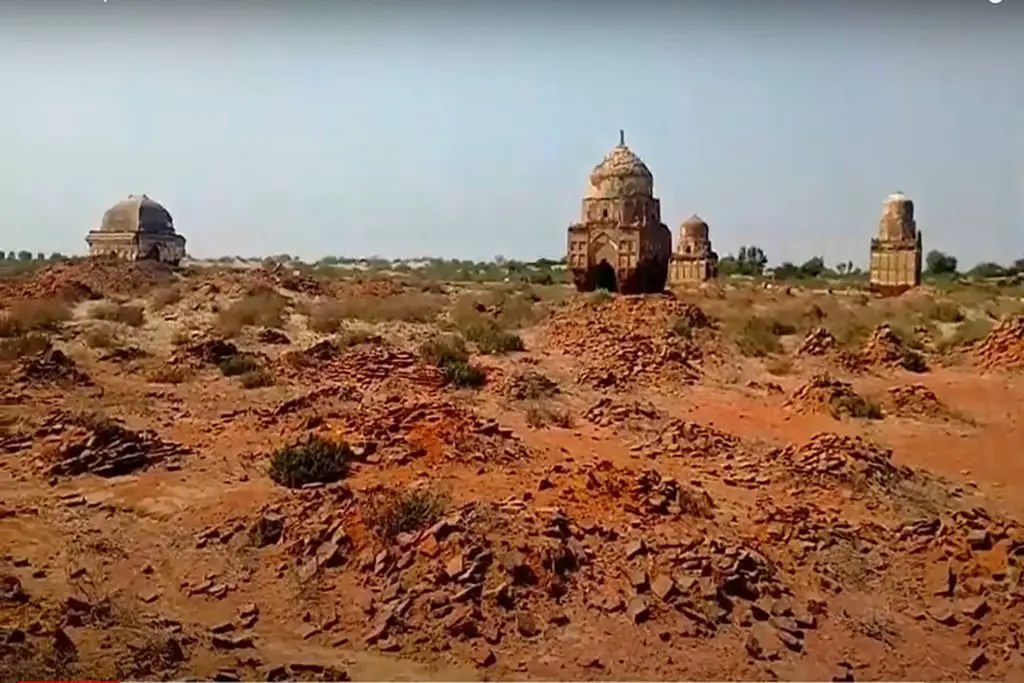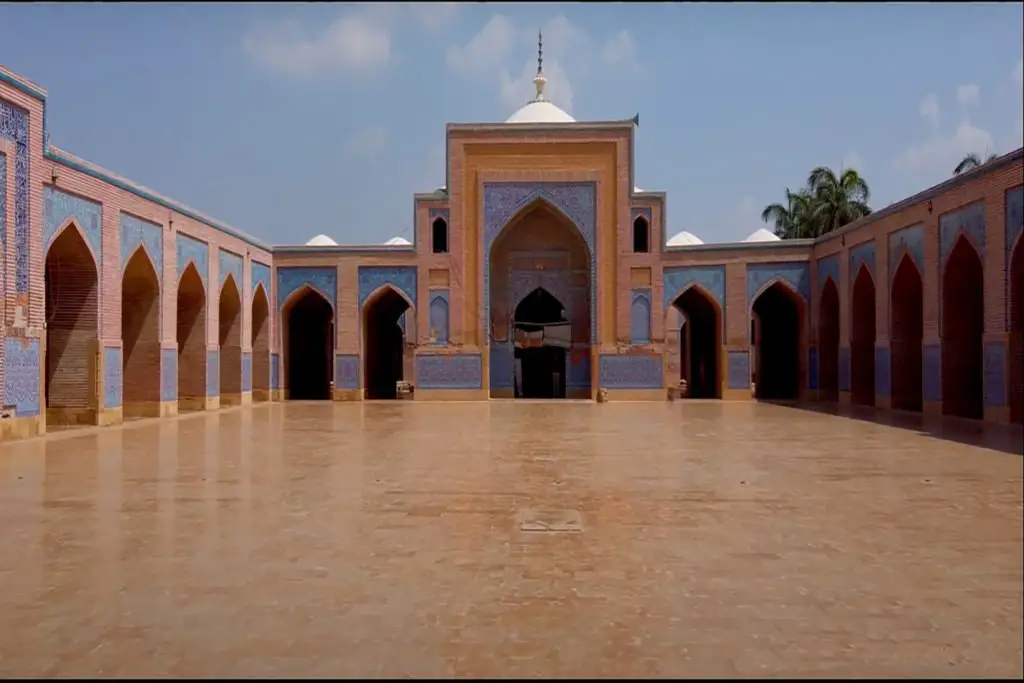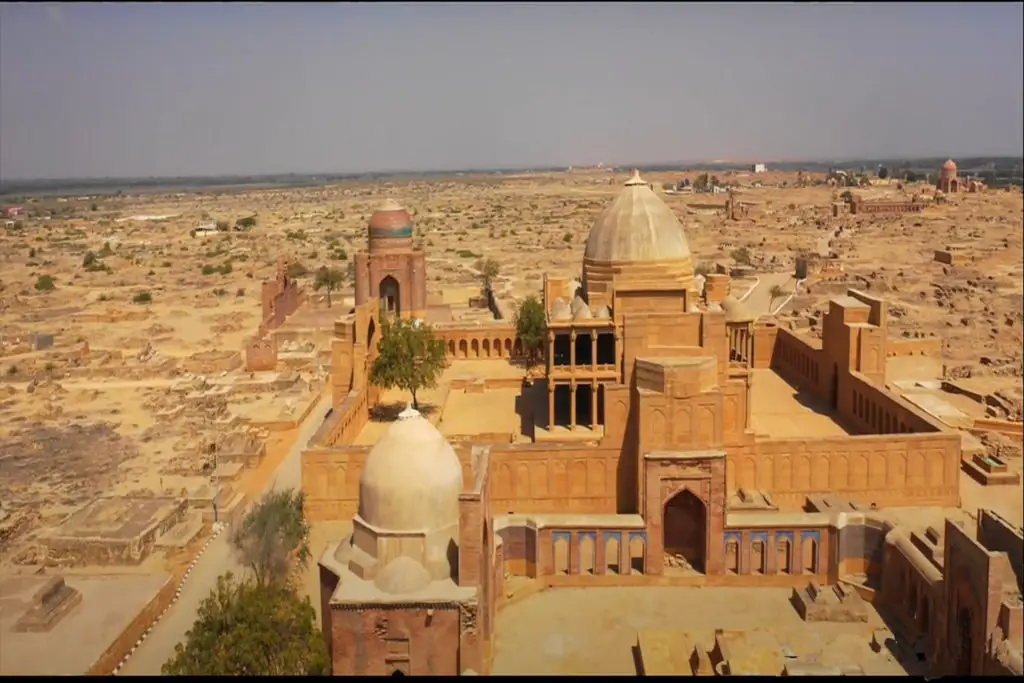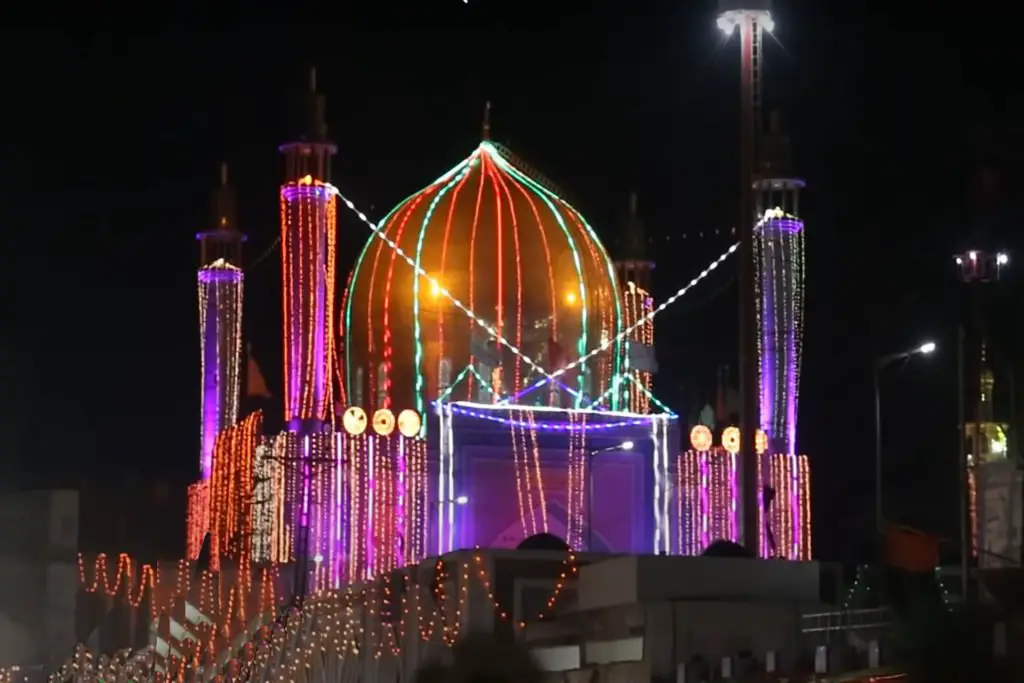The Kotri Dam, also known as the Ghulam Muhammad Dam, is a dam on the Indus River between Jamshoro and Hyderabad in the Sindh province of Pakistan. The dam was completed in 1955 and inaugurated by Ghulam Muhammad. It is used to control the flow of water in the Indus for irrigation and flood control purposes.
Location of Kotri Barrage
The Kotri Barrage, located on the Indus River in the province of Sindh, Pakistan, is a crucial water management structure that provides irrigation water to millions of people in the region. The barrage was completed in 1955 and has since become an integral part of Pakistan’s water infrastructure.
Construction of Kotri Barrage
The construction of the Kotri Barrage was a significant undertaking, as the barrage had to be built in a location that was prone to flooding. The barrage was designed to be a multi-purpose structure, serving the dual purposes of flood control and irrigation.
The barrage has 44 gates that can be opened or closed depending on the water flow in the river. The maximum discharge capacity of the barrage is 1.5 million cusecs, which makes it one of the largest barrages in the world.
Capacity of Kotri Barrage
It has a discharge capacity of 24,800 cubic meters per second (875,000 cubic feet/s). It is a weir-type dam with a navigation lock. The dam has 44 bays, each 18 meters (60 ft) wide. The maximum flood level of Kotri Barrage is 13.1 meters (43.1 ft). It feeds the Fulleli, Pinyari, and Kalri Baghar canals.
One of the primary functions of the Kotri Barrage is to regulate the water flow of the Indus River. This is achieved through the operation of the barrage gates, which control the amount of water that flows downstream.
During times of high flow, the gates are opened to prevent flooding in the surrounding areas. During times of low flow, the gates are closed to ensure that water is available for irrigation purposes.
The barrage also serves as a vital source of irrigation water for the surrounding areas. The barrage’s irrigation canals span over 5,000 kilometers and supply water to over 6 million acres of farmland in Sindh and Balochistan provinces.
The canal network is essential for agriculture in the region, as it provides water for crops such as wheat, cotton, and sugarcane.
In addition to its primary functions of flood control and irrigation, the Kotri Barrage also plays a vital role in supporting the local economy.
The barrage provides employment opportunities for many people in the region, particularly those involved in agriculture and fishing.
The Indus River, which is regulated by the barrage, is a significant source of fish, and the barrage itself is home to a diverse range of fish species.
Canals in Kotri Barrage
Kotri Dam has four channels, two perennial (water for 12 months) and two non-perennial (water for six months).
The KB feeder, one of the permanent canals, provides water to Karachi and the other Akram Wah, also called the Linked Canal. It provides water to its four sub-divisions up to Badin for agricultural purposes where sugarcane, wheat, and rice are the main crops.
Despite its critical role in the region’s water management, the Kotri Barrage is not without its challenges. The barrage requires ongoing maintenance and repairs to ensure that it continues to function correctly. There are also concerns about the impact of the barrage on the environment, particularly on the fish population in the river.
In conclusion, the Kotri Barrage is a vital water management structure that plays a significant role in supporting agriculture, fishing, and the local economy in the Sindh and Balochistan provinces of Pakistan.
The barrage’s multi-purpose design, which includes flood control and irrigation, ensures that it remains an essential infrastructure asset in the region.
While there are ongoing challenges associated with maintaining the barrage and addressing its environmental impacts, its importance in managing the Indus River’s water flow cannot be overstated.

